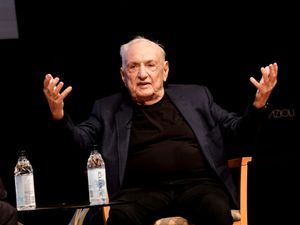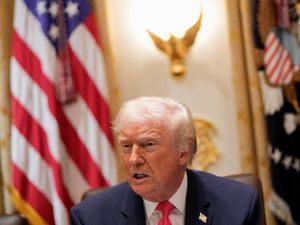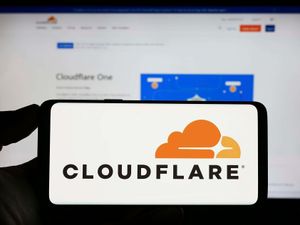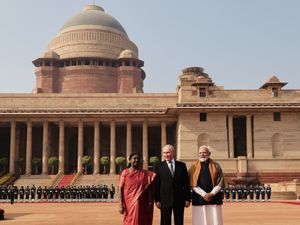LA police enforce curfew as protests against Trump’s crackdown continue
Members of the National Guard stood watch behind plastic shields, but did not appear to participate in the arrests.
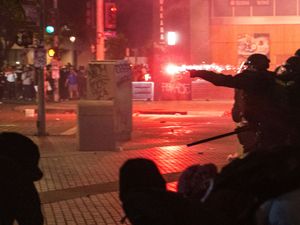
Los Angeles police swiftly enforced a curfew on Tuesday night, making arrests moments after it took effect while deploying officers to break up a group demonstrating against President Donald Trump’s immigration crackdown.
Members of the National Guard stood watch behind plastic shields, but did not appear to participate in the arrests.
Hours later, many of the protesters had dispersed, although sporadic confrontations continued that were much smaller than in previous nights.
Officials said the curfew was necessary to stop vandalism and theft by agitators looking to cause trouble.
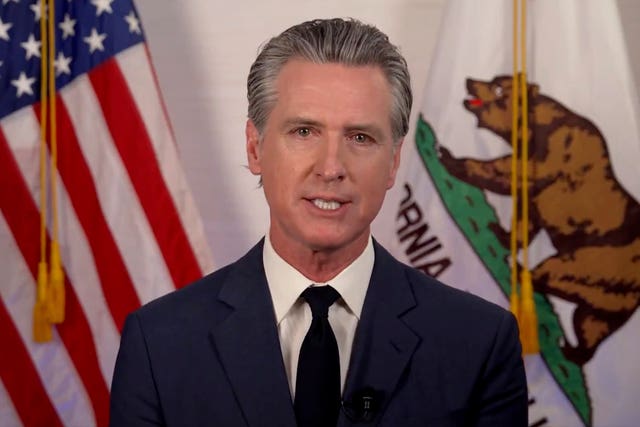
Democratic governor Gavin Newsom earlier accused Mr Trump of drawing a “military dragnet” across the nation’s second-largest city with his escalating use of the National Guard.
He also deployed marines, though none were seen on the streets.
Mr Newsom asked a court to put an emergency stop to the military helping federal immigration agents, with some guardsmen now standing in protection around agents as they carried out arrests.
He said it would only heighten tensions and promote civil unrest. The judge set a hearing for Thursday, giving the administration several days to continue those activities.
The change moves troops closer to engaging in law enforcement actions like deportations as Mr Trump has promised as part of his administration’s immigration crackdown.
The Guard has the authority to temporarily detain people who attack officers but any arrests ultimately would be made by law enforcement.
Mr Trump has activated more than 4,000 National Guard members and 700 marines over the objections of city and state leaders. They were originally deployed to protect federal buildings.
Demonstrations have spread to other cities nationwide, including Dallas and Austin, Texas, Chicago and New York, where a thousand people rallied and multiple arrests were made.
Mr Trump left open the possibility of invoking the Insurrection Act, which authorises the president to deploy military forces inside the US to suppress rebellion or domestic violence or to enforce the law in certain situations.
It is one of the most extreme emergency powers available to a US president.
“If there’s an insurrection, I would certainly invoke it. We’ll see,” he said from the Oval Office.
Later the president called protesters “animals” and “a foreign enemy” in a speech at Fort Bragg ostensibly to recognise the 250th anniversary of the US Army.
Mr Trump has described Los Angeles in dire terms that Mr Newsom says are nowhere close to the truth.
In a public address Tuesday evening, Mr Newsom called Mr Trump’s actions the start of an “assault” on democracy.
Mr Newsom warned people against inciting violence, but urged them to stand up to the president’s actions.
The protests began on Friday after federal immigration raids arrested dozens of workers in Los Angeles.
Protesters blocked a major freeway and set cars on fire over the weekend, and police responded with tear gas, rubber bullets and flash-bang grenades.
The demonstrations have been mostly concentrated downtown in the city of four million. Thousands of people have peacefully rallied outside City Hall and hundreds more protested outside a federal complex that includes a detention centre where some immigrants are being held following workplace raids.

